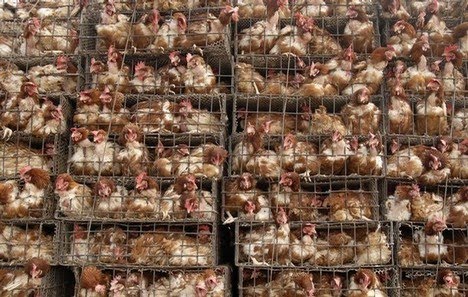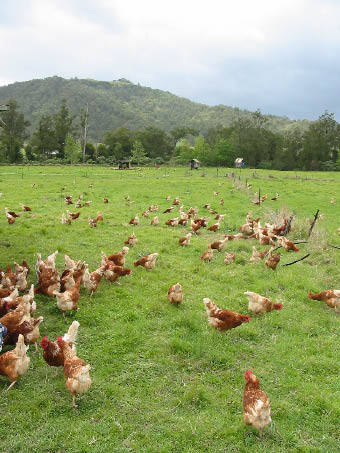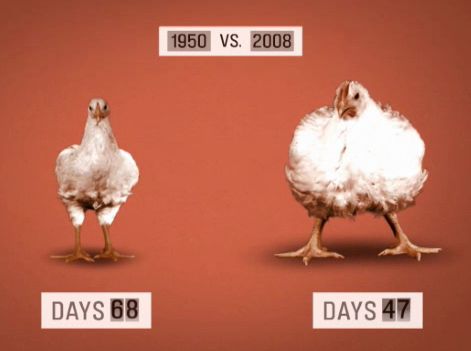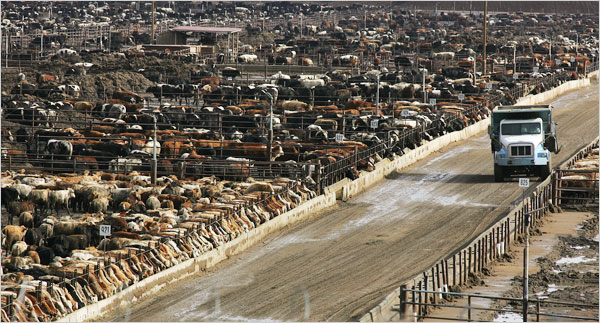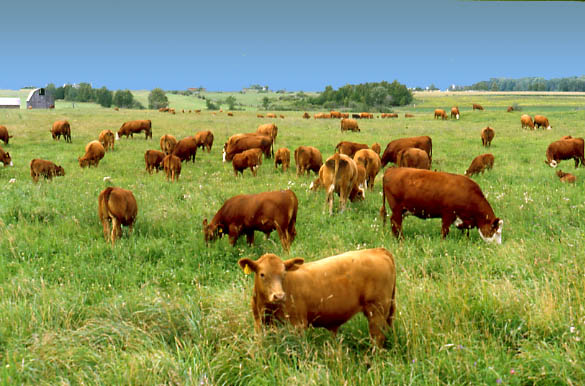3 egg whites
Purchased from Sumas Mountain farms, these eggs are from chickens raised outside. According to the company, the chickens eat a varying diet of grass and bugs that are available in the pasture. This is a significant contrast to the factory-farm chickens that according to Manning are fed corn and other grains. This highlights my original point regarding the availability of environmentally conscious food. Eggs and meat purchased through Sumas Mountain Farms have to be ordered in advance and picked up in Abbotsford. Moreover, a conventional carton of eggs costs around $3.50 while the organic varieties are $6.50.
THIS….
Or That…
¼ cup chopped cherry tomatoes
The tomatoes were purchased from Organic Acres Market on Granville Island and are sourced from Origin Organics in Delta B.C. These are not the type of tomatoes that have been genetically modified to ripen in transit to supermarkets. Rather they are grown in a %100 sustainable facility that uses organic fertilizer and sophisticated drainage. This means that no “oil-rich fertilizers” are needed to restore lost fertility. Manning suggests that the alternative requires “5.5 gallons of fossil energy to restore a year’s worth of lost fertility to an acre of eroded land”. Further, all drainage used at Origin Organics is reused, preventing contamination of waterways and neighboring land.
Michael Pollan: “There are no seasons in the American supermarket. Now there are tomatoes all year round, grown halfway around the world, picked when it was green, and ripened with ethylene gas. Although it looks like a tomato, it’s kind of a notional tomato. I mean, it’s the idea of a tomato” (“Food INC”, 2004).

